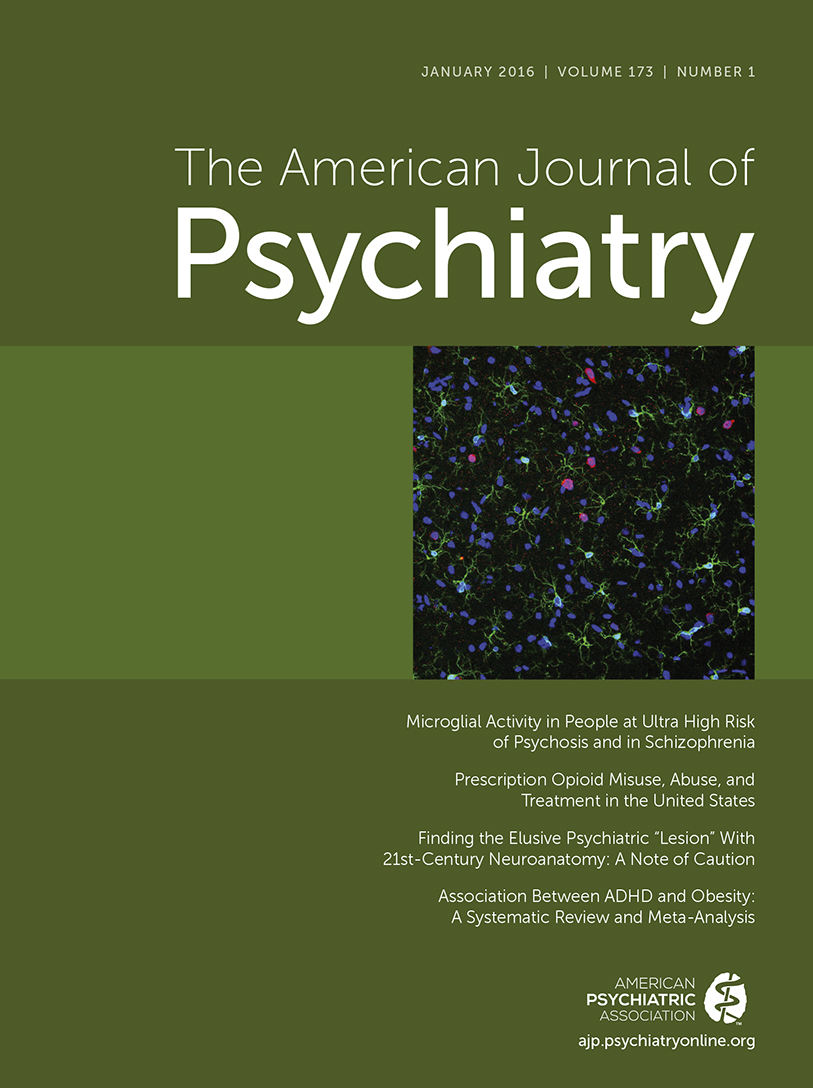Amygdala Activity During Autobiographical Memory Recall in Depressed and Vulnerable Individuals: Association With Symptom Severity and Autobiographical Overgenerality
Abstract
Objective:
In healthy individuals, autobiographical memory recall is biased toward positive and away from negative events, while the opposite is found in depressed individuals. This study examined amygdala activity during autobiographical memory recall as a putative mechanism underlying biased memory recall and depressive symptoms in currently depressed adults and two vulnerable populations: individuals remitted from depression and otherwise healthy individuals at high familial risk of developing depression. Identification of such vulnerability factors could enable interception strategies that prevent depression onset.
Method:
Sixty healthy control subjects, 45 unmedicated currently depressed individuals, 25 unmedicated remitted depressed individuals, and 30 individuals at high familial risk of developing depression underwent functional MRI while recalling autobiographical memories in response to emotionally valenced cue words. Amygdala reactivity and connectivity with anatomically defined amygdala regions were examined.
Results:
During positive recall, depressed participants exhibited significantly decreased left amygdala activity and decreased connectivity with regions of the salience network compared with the other groups. During negative recall, control subjects had significantly decreased left amygdala activity compared with the other groups, while depressed participants exhibited increased amygdala connectivity with the salience network. In depressed participants, left amygdala activity during positive recall correlated significantly with depression severity (r values >−0.38) and percent of positive specific memories recalled (r values >0.59).
Conclusions:
The results suggest that left amygdala hyperactivity during negative autobiographical recall is a trait-like marker of depression, as both vulnerable groups showed activity similar to the depressed group, while amygdala hypoactivity during positive autobiographical recall is a state marker of depression manifesting in active disease. Treatments targeting amygdala hypoactivity and blunted salience during positive autobiographical recall could exert antidepressant effects.



